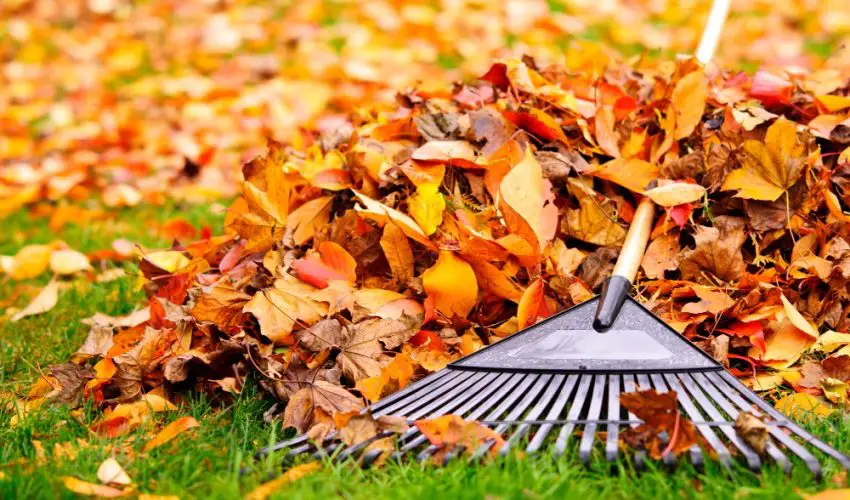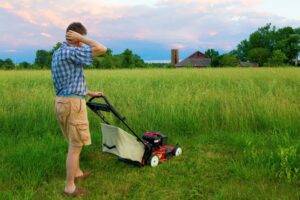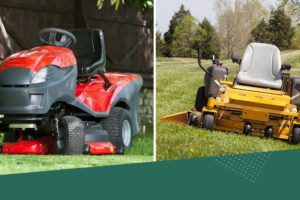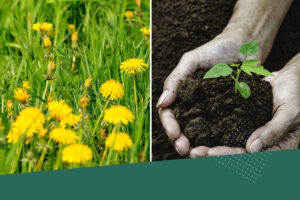The way your grass grows and responds to various care techniques becomes noticeably different during this seasonal shift.
Table of Contents
ToggleThat’s why It’s important to adjust your approach to lawn maintenance during this season to prepare your grass for winter. By taking specific measures, you can ensure that your lawn doesn’t just survive the cold months but grows strong and healthy, ready for spring.
1. Aerate the Lawn
Aeration is the process of perforating the soil with small holes to allow air, water, and nutrients to penetrate down to the grass roots. This helps the roots grow deeply, resulting in a stronger, more vigorous lawn.
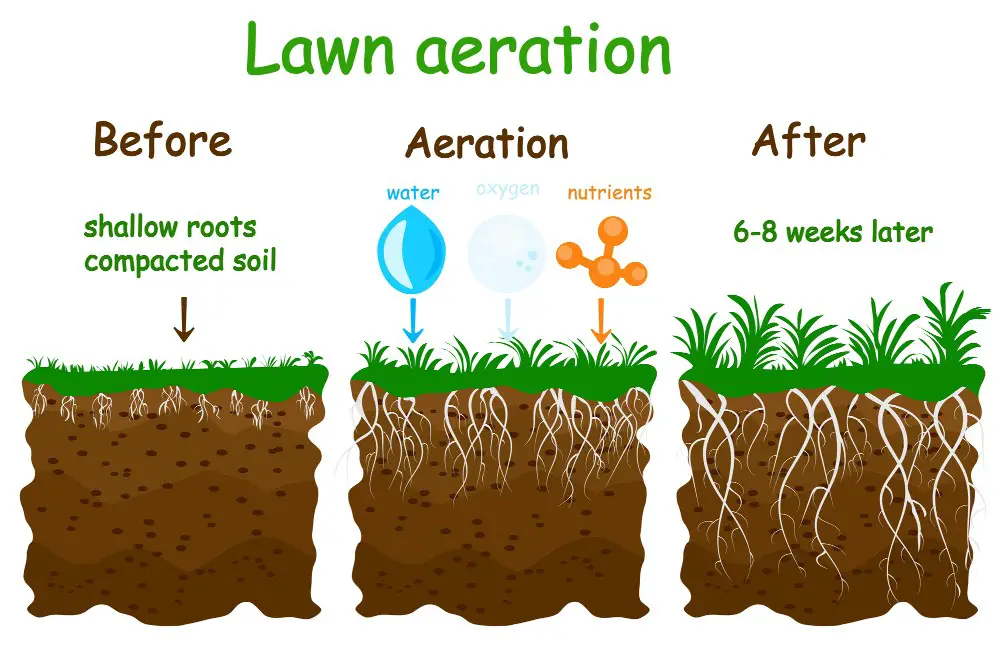
In the fall, the soil is typically moist and the grass is actively growing, making it the ideal time to aerate. Compacted soil from summer activities can hinder root growth, and aeration alleviates this compaction. By aerating in the fall, you set the stage for optimal lawn health, ensuring that the grass is robust and resilient as it enters the winter months.
2. Keep Mowing the Grass
Fall doesn’t mean it’s time to put away the mower just yet. Your grass continues to grow until the first frost, so it’s essential to maintain regular mowing to keep it at an optimal height of 2½ to 3 inches.
If left too long, the grass can become matted, leading to vulnerability to fungi like snow mold.
By continuing to mow the lawn in the fall, you’re also assisting in leaf removal, turning them into soil-enhancing mulch and keeping the lawn tidy and healthy.
3. Water Your Lawn
Autumn may bring more rain and dew, but that doesn’t mean you can neglect watering your lawn. As temperatures drop, people often assume that nature will provide enough moisture, but that’s not always the case.
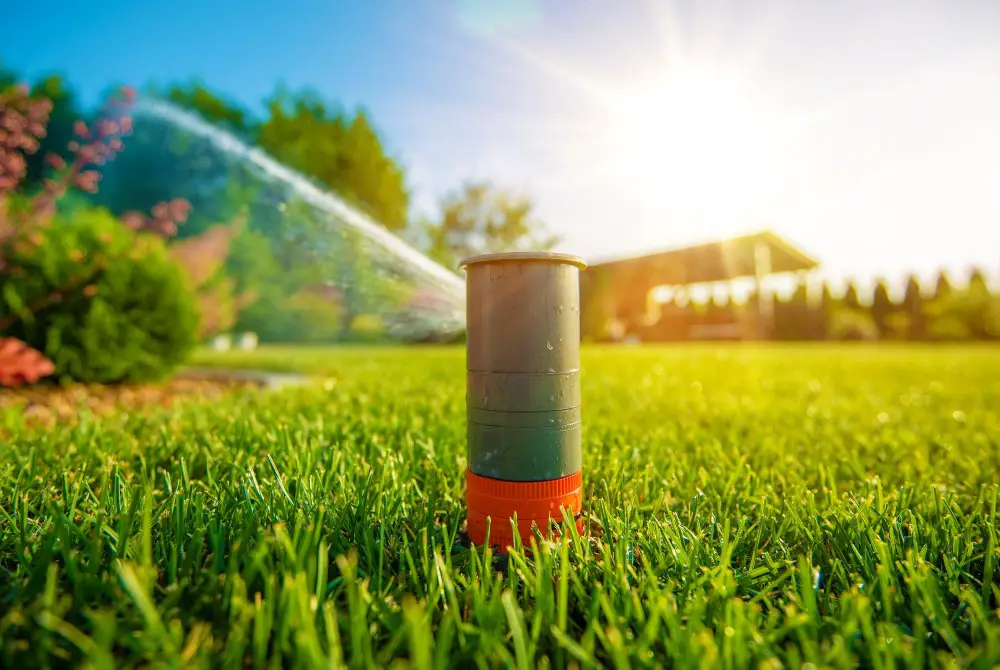
Lawns require at least an inch of water per week, and if this isn’t being met, you should continue your regular watering routine.
A tip is to use a simple rain gauge to measure the weekly water intake.
Keeping the grass roots well-hydrated in fall ensures that they remain healthy and resilient as they prepare to go dormant in winter.
4. Remove Leaves
While a carpet of colorful autumn leaves may provide a picturesque scenery, they can be detrimental to the health of your lawn. Leaves left on the grass can block sunlight, trap moisture, and create a barrier that inhibits growth.
Over time, they can turn into a soggy, decaying mess that can suffocate the grass underneath.
That’s why it’s important to regularly rake or blow the leaves away. This continual effort ensures that the grass gets the necessary light and air to stay healthy and prevents the formation of any unwanted patches of dead or diseased grass.
5. Apply Fertilizer
Fall is a good time to feed your lawn with the nutrients it needs to thrive in the spring. Applying a fertilizer rich in nitrogen, phosphorus, and potassium can strengthen the roots and provide the lawn with the energy to withstand winter cold.
Nitrogen promotes grass growth and chlorophyll production, phosphorus supports strong root growth, and potassium enhances resilience against diseases and environmental stresses.
A late-fall application of a slow-release granular fertilizer is often recommended.
6. Remove Weeds
Fall is an opportune time to get rid of those pesky weeds that can choke out your lawn’s grass. The cooler temperatures and more abundant moisture of autumn often make herbicides more effective.
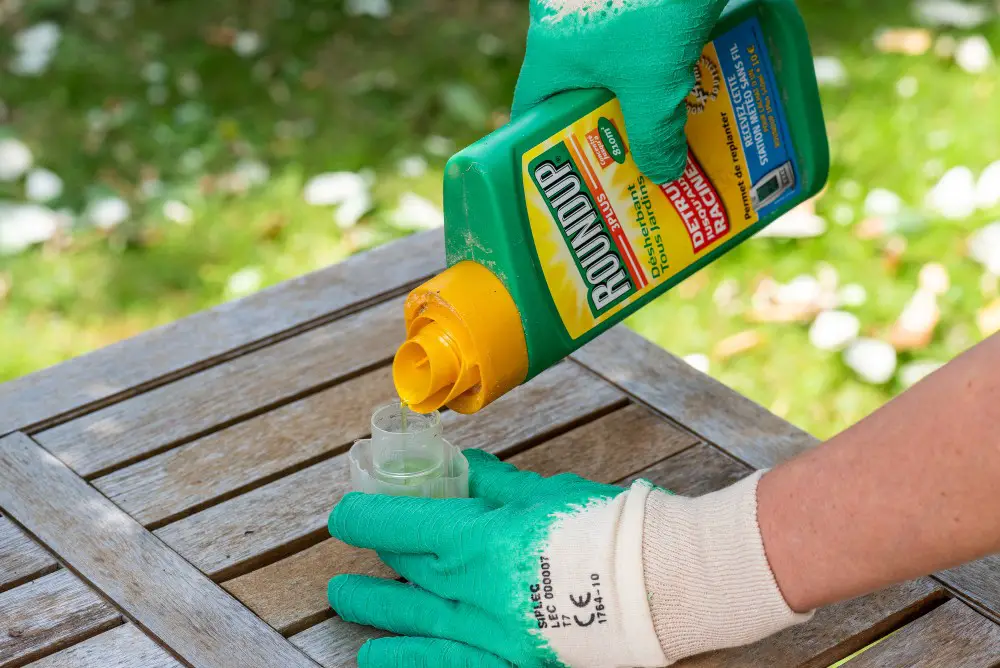
Make sure to select a herbicide that targets the specific types of weeds in your lawn of maximal effect.
By attacking weeds in the fall, you can prevent them from spreading and give your grass a better chance to flourish without competition.
7. Overseed the lawn
Overseeding, or spreading new grass seed over existing turf is an essential fall lawn care practice. It helps fill in thin spots or bare patches and introduces new disease-resistant grass.
In the fall, the soil is still warm enough for seeds to germinate, while the cooler air temperatures and more plentiful moisture provide the perfect growing conditions.
8. Apply a Topdressing
Applying a topdressing to your lawn in the fall can significantly enhance its overall health and appearance.
Topdressing is the process of adding a thin layer of organic material, often a blend of soil, compost, and sand, over the lawn’s surface.
This layer helps to improve soil structure, increase nutrient retention, and encourage beneficial microbial activity.
In the fall, when the grass is actively growing and the weather is mild, topdressing can be integrated into the lawn more efficiently.
Ensure that the topdressing is applied evenly, and in the right quantity, to avoid smothering the grass.
9. Repair Dead Patches
Repairing dead patches in your lawn during the fall is an important step in maintaining a lush and vibrant landscape.

These unattractive areas often result from common problems such as heavy foot traffic, pest damage, drought, or disease.
Addressing these issues in the fall allows new grass to establish roots before the harsh winter conditions set in. By identifying and remedying the specific cause of the dead patches, and nurturing the new growth with appropriate care, you pave the way for a full recovery.
10. Remove Excess Thatch
Thatch is a dense layer of organic material, including dead grass, roots, and other debris that accumulates on the soil’s surface. While a small amount of thatch can be beneficial for protecting the soil, excess thatch creates a barrier that prevents water, nutrients and air from reaching the grass roots.
Removing excess thatch is especially important during the fall if you have cool-season grass in your lawn. Because if it’s left unattended it can cause compaction and lead to diseases and pest infestations.
Dethatching, or mechanically removing this layer ensures that the lawn receives adequate nourishment during the winter months.
It promotes better water absorption, encourages deeper root growth, and prepares the lawn for the spring growth season.

